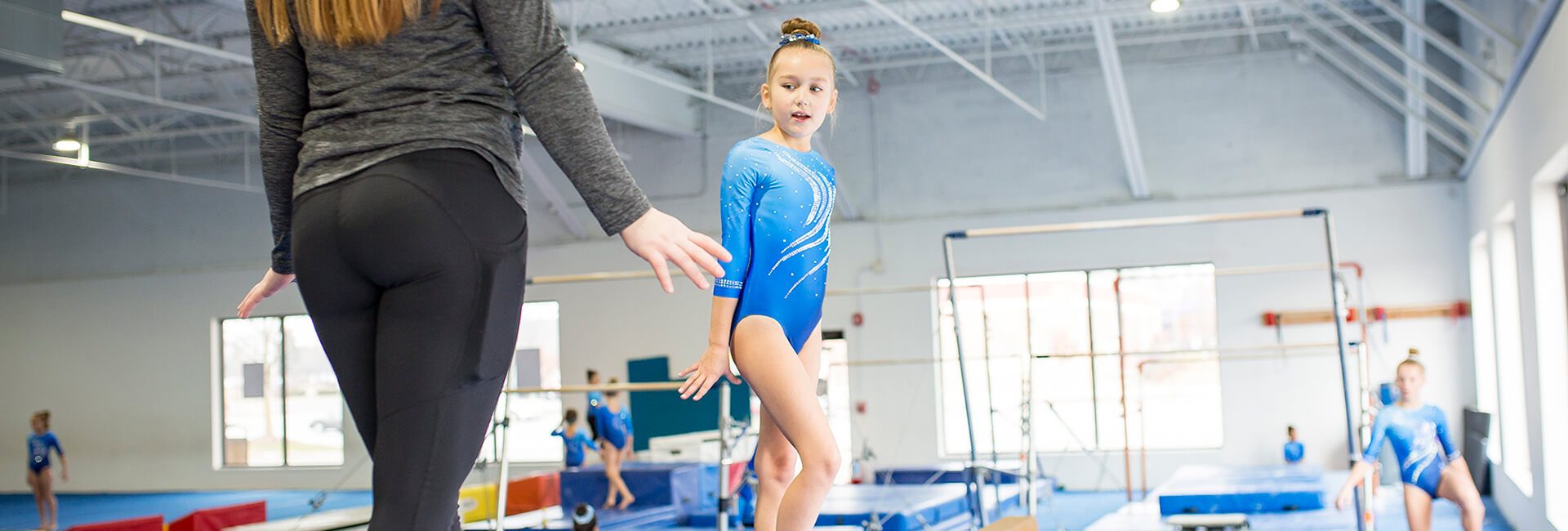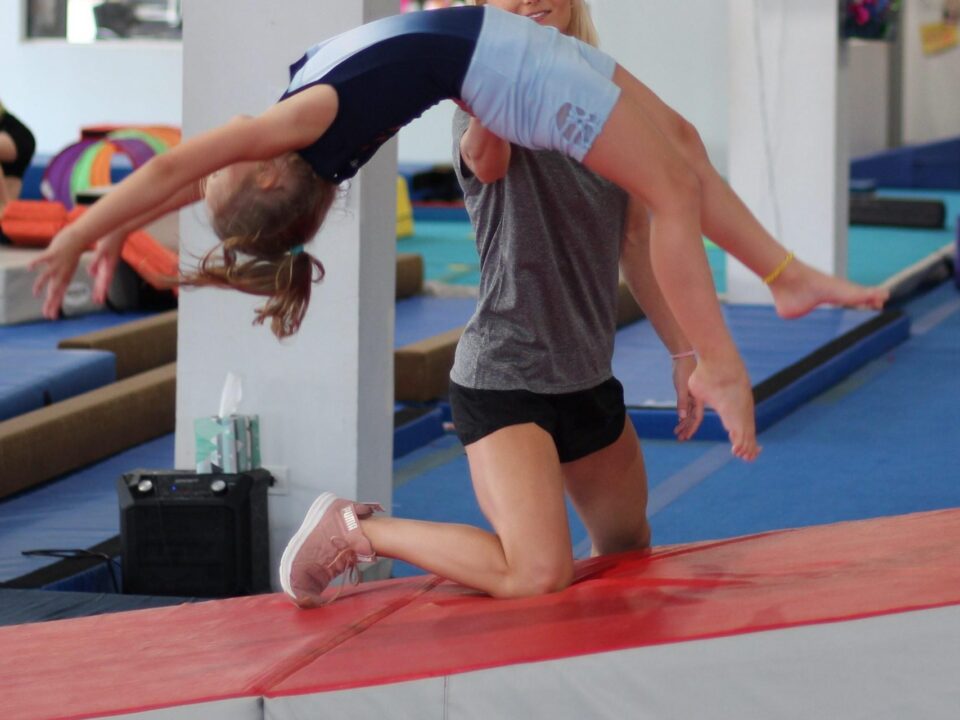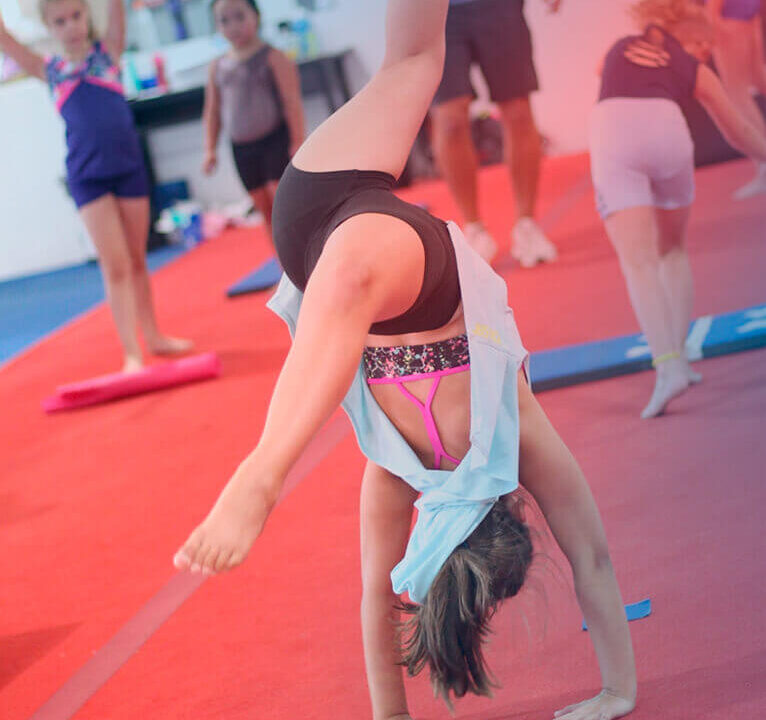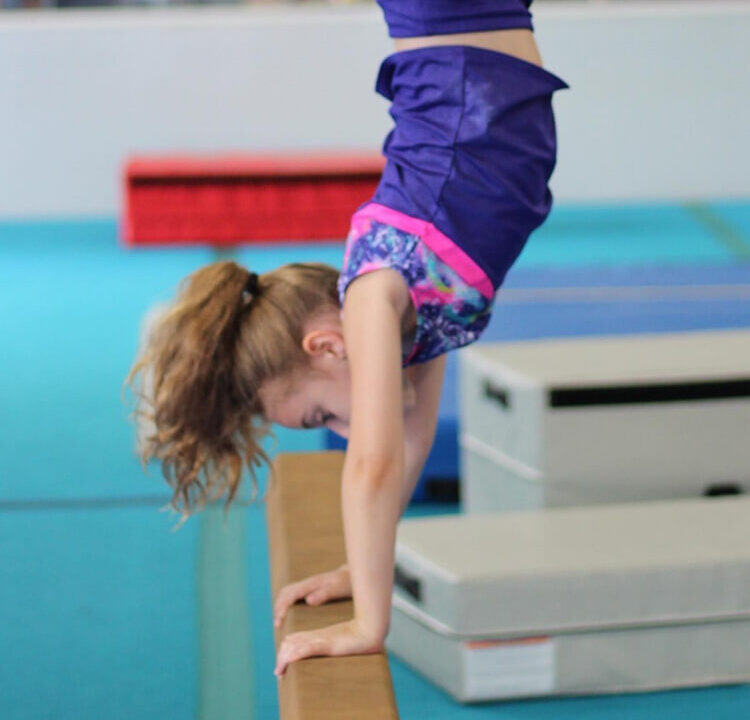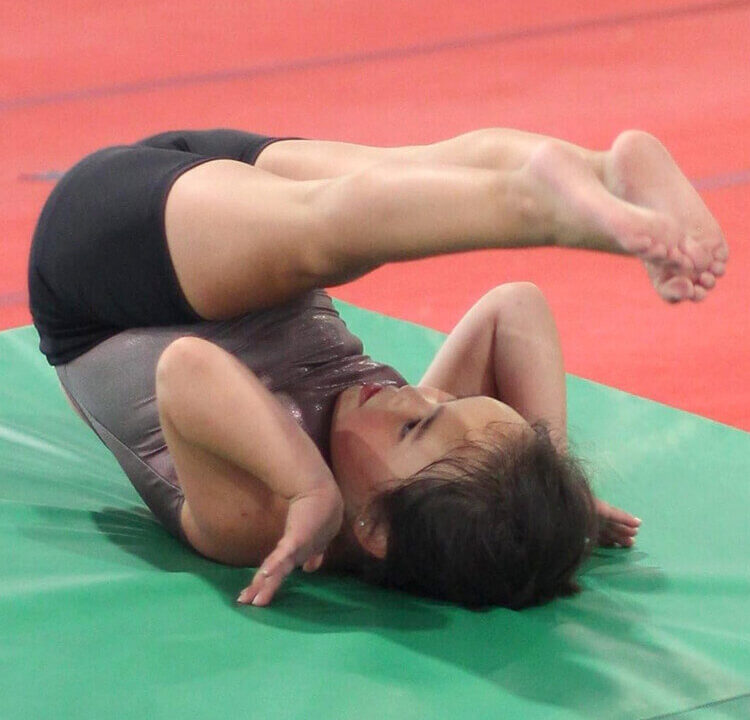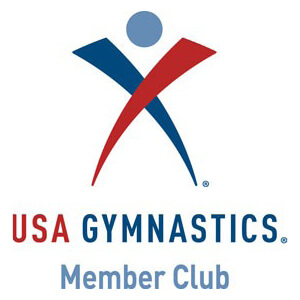There’s a riddle to this sport few have had success figuring out at scale and has certainly frustrated many athletes throughout their gymnastics/cheer/tumbling careers. The dreaded mental block has stunted the growth potential of countless individuals and has yet to be solved for mass use.
While I don’t pretend to have the answer, this article is my feeble attempt to clarify some misconceptions and hopefully help those who struggle take steps to overcoming their block.
There’s a wealth of knowledge from people with degrees I couldn’t even spell. That said, I have about 15 years of trial and error experience that will hopefully help those who struggle.
It’s a Fear; Not a Lack of Want
The very first thing everyone must understand is that it’s a legit fear. The most common frustration I hear from parents is “Just go, what are you scared of?” While it’s meant from a place of love, it certainly isn’t from a place of understanding. Whether it’s heights, snakes, spiders, or any other fear we often times can’t explain the logic behind why?
Why can I personally really fear snakes, but others have as pets and wrap around their bodies? Seemingly my irrational fear because they won’t harm me isn’t questioned by many of you because you share my sentiments, right? So why then should we question your child’s fear, even if at many times it seems irrational.
Then we must rationalize why they may be scared. As I’ve told many parents in an attempt to explain the dangers of this sport, “I don’t fear shooting a basketball at a hoop. I may not be any good at it, but the outcome is a missed shot.” Generally speaking their hesitation is most likely caused not by a lack of execution but rather the possibility of danger. There’s a lot of things this sport offers and why we love it so much, unfortunately the risks of injury are ever present, even if every attempt is made to minimize them.
So instead of knocking fear, let’s prioritize courage and say “I know you’re scared, now show me you can overcome this fear.”
Change the Mindset; Not the Drill
If I had a dollar for every time I’ve heard “This is our third gym. We’ve switched coaches. We need to do something different.” I’d be on a beach somewhere by now. While I don’t discredit some gyms or coaches are better than others, for the most part, this won’t be solved by switching variables constantly.
What we must consume ourselves with, is changing the constant; our mindset. If you walk in this gym or any others with your head slumped, already defeated with the attitude of [I’ve had this block for some time now and hope is all but lost], the change is even more difficult.
Without any deviation the very first thing I try to change is their approach. Instead of saying “I have a mental block” over and over to get it engraved in your soul, wouldn’t it be nicer to say “I used to have a mental block but the new me got over that”?
For the vast majority of mental block athletes, their adolescence is a time when seemingly everything is changing. Why should this be any different. If you’re not the same person you were when the block started, why should the only thing that remains the same is the thing you dislike most?
No One is Judging Your Progress
One second, quickly escalates to 10. One balk morphs into 10. Tension so tight their muscles might break if they try to bend. These awkward moments are repeated daily in just about every gym in the world. And for that brief moment in time, the athletes feel like they are at Madison Square Garden with the stadium full and the world watching on TV.
Fortunately for them, they’re not. In fact so much to contrary I often make them stop and look around. “Who’s looking at you right now. Who is so concerned with your progress here that they have now put you at the center of attention?”
At an overwhelming clip, the answer is virtually no one. Each coach and other athletes are focused on themselves too much to care about what you’re doing. So while as the moments grow and repetitions mount, the importance of this turn doesn’t increase.
Deescalate each pass with the notion that, whether you go right now, or the next turn or the one after, the ultimate goal is to get you to go. I’m not judging this turn or any other. We are on the same team, and my only satisfaction will come when you reach your potential. My frustrations are more patient than you’ll ever know.
Win a Little, Then You’ll Win A Lot
At the risk of being too cliche, you have to crawl before you can walk. But quite literally see if we can make the most basic of progress before we can advance further.
Probably the most frustrating part of this whole process is the fear coupled with seemingly sufficient talent to perform the skill giving them the problems. So the most natural tendency is to speed way too fast to the finish line.
In this sport, very few turns matter. The most pressure situations for any gymnasts or cheerleader is probably 6-10 times a year at the most when it matters. For the most part the rest is literally just practice. If this is true, why do I need you to execute the skill perfectly now? The fact of the matter is I don’t. If your progress inches forward and ultimately culminates with you going at your next meet or competition, I promise you’ll be the happiest client I’ve ever had.
So when you’re starting the turn around, start with the most simplistic win. Go anywhere where they have the biggest chance to succeed. And when that smallest task is accomplished; congrats you’re already on an unblocked road. That immediate sense of gratification and achievement can’t go unstated or underappreciated. Not every run scored in baseball is a home run. A series of singles will eventually get you home.
Learn the Lesson, Not the Shortcut
If you’re reading this with the expectation I have some nugget that cures this, you’re sadly going to be disappointed.
That said, almost all of my athletes have had moments of clarity. A brief moment where the block seems to diminish and success seems near. But almost just as many have had the block rear its ugly head and they instantaneously revert to the former.
While it’s not ideal, it showed a brief moment where they “think” they can do it, not fully “believe” they can do it.
Listen I think I can do a lot of things. Many of them are over inflated from my actual skill set and don’t actually correspond to outcomes in my mind. But when I tell you I believe things, you can bet your bottom dollar they almost assuredly will happen, because I’m willing to bet my dollar on it as well.
This sport is nothing if not repetitive. So if we see enough examples of proof, why then would our belief not translate. Translate from back handsprings, to tucks, to layouts to fulls etc. Unfortunately unless your child wants to get their flip flop and instantly quit.
Use repetitions to build a trust that the sun will come up tomorrow. I’m not an astronomer but given the opportunity to bet my life savings on if the sun will come up tomorrow, can you drive me to the bank? I don’t know with 100% certainly to be true but based on the body of evidence in my life, it’s come up every day, so why would tomorrow be any different.
If you’ve thrown your skill 15 times in a row, why is 16 going to be any different.
Remember the lessons you learned overcoming the initial fear, I can promise you you’re going to need it again.

